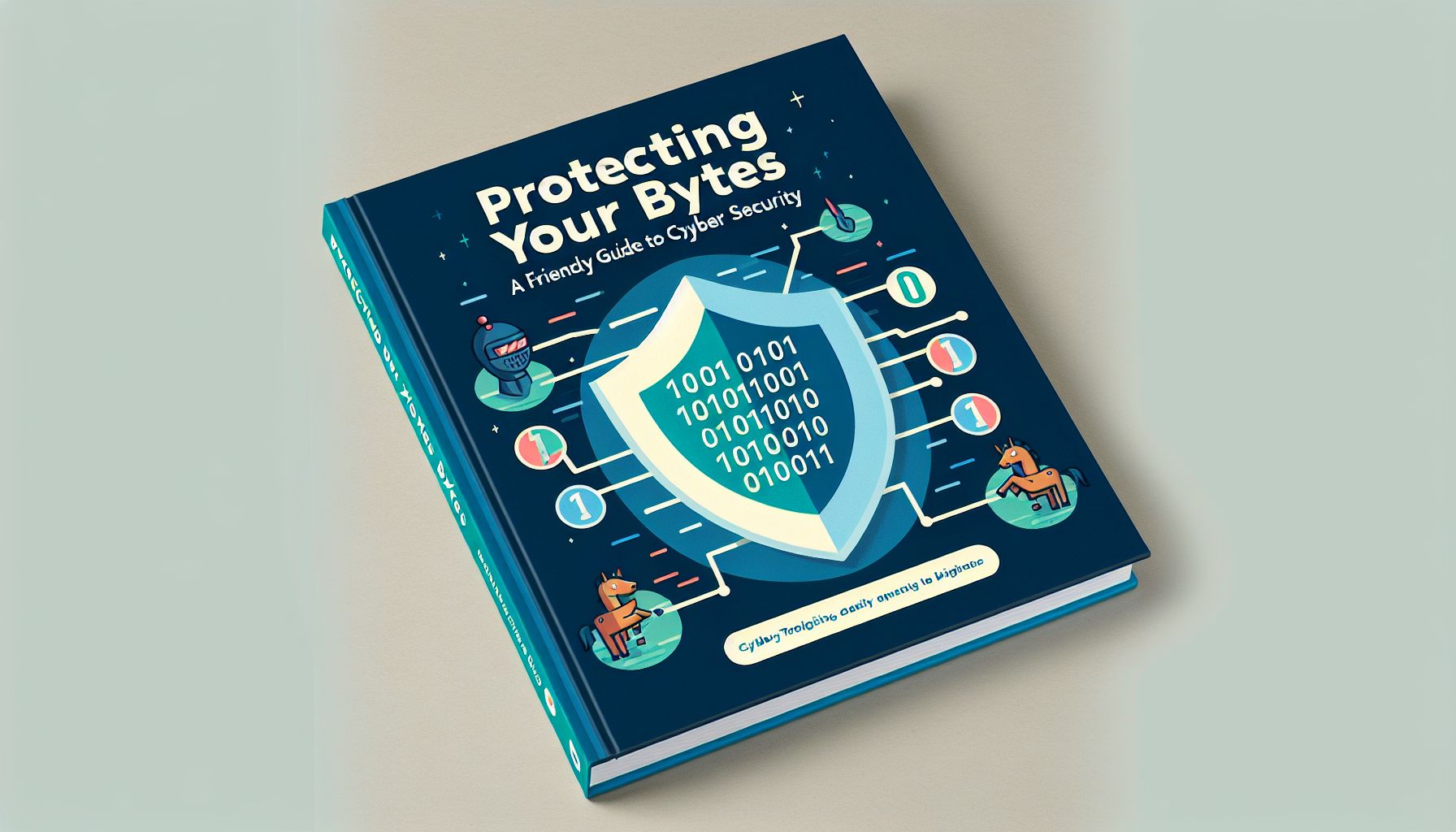So, you’re a tech-savvy individual who loves spending time online, exploring new technologies, and tinkering with gadgets. You probably have a solid understanding of computers, networks, and software, but have you ever thought about how secure your digital world really is? Cyber security is not just a buzzword – it’s a crucial aspect of our digital lives that we all need to take seriously.
In today’s rapidly evolving technological landscape, the threat of cyber attacks is more prevalent than ever. Hackers, malware, and data breaches are constant threats that can compromise your personal information, financial data, and even your identity. But fear not! With a bit of knowledge and some simple proactive measures, you can protect yourself and your digital assets from cyber threats.
Understanding the Basics
First things first, let’s talk about the basics of cyber security. At its core, cyber security is the practice of protecting computers, servers, mobile devices, networks, and data from malicious attacks. These attacks can take many forms, including viruses, ransomware, phishing scams, and more. The goal of cyber security is to prevent unauthorized access, theft, and damage to your digital assets.
There are several key principles of cyber security that you should be familiar with:
- Confidentiality: Only authorized individuals should be able to access sensitive information.
- Integrity: Data should not be altered or tampered with by unauthorized parties.
- Availability: Systems and data should be available and accessible when needed.
- Authentication: Verify the identity of users and devices before granting access.
- Authorization: Limit access to resources based on user roles and permissions.
- Non-repudiation: Ensure that actions taken by users can be traced back to them.
Best Practices for Cyber Security
Now that you have a basic understanding of cyber security principles, let’s discuss some best practices that you can implement to enhance your digital security:
- Use Strong Passwords: Choose passwords that are complex, unique, and not easily guessable. Consider using a password manager to securely store and manage your passwords.
- Enable Two-Factor Authentication: Add an extra layer of security by requiring a second form of verification, such as a code sent to your phone, when logging in to your accounts.
- Keep Software Updated: Regularly update your operating system, applications, and security software to patch vulnerabilities and protect against known threats.
- Be Wary of Phishing: Watch out for suspicious emails, messages, and websites that may try to trick you into revealing personal information or clicking on malicious links.
- Secure Your Network: Use encryption, firewalls, and secure Wi-Fi networks to protect your data and prevent unauthorized access to your devices.
- Backup Your Data: Regularly back up your important files and data to an external drive or cloud storage to ensure you can recover in case of a cyber attack.
Staying Safe in a Digital World
In conclusion, cyber security is a critical consideration for anyone who uses technology in their daily lives. By understanding the basics of cyber security and implementing best practices to protect yourself online, you can minimize the risk of falling victim to cyber attacks and safeguard your digital assets.
Remember, cyber security is an ongoing process that requires vigilance and proactive measures. Stay informed about the latest threats and trends in cyber security, and don’t hesitate to reach out to experts or professionals for help if needed. With the right mindset and tools in place, you can navigate the digital world with confidence and peace of mind. Stay safe, stay secure, and protect your bytes!


